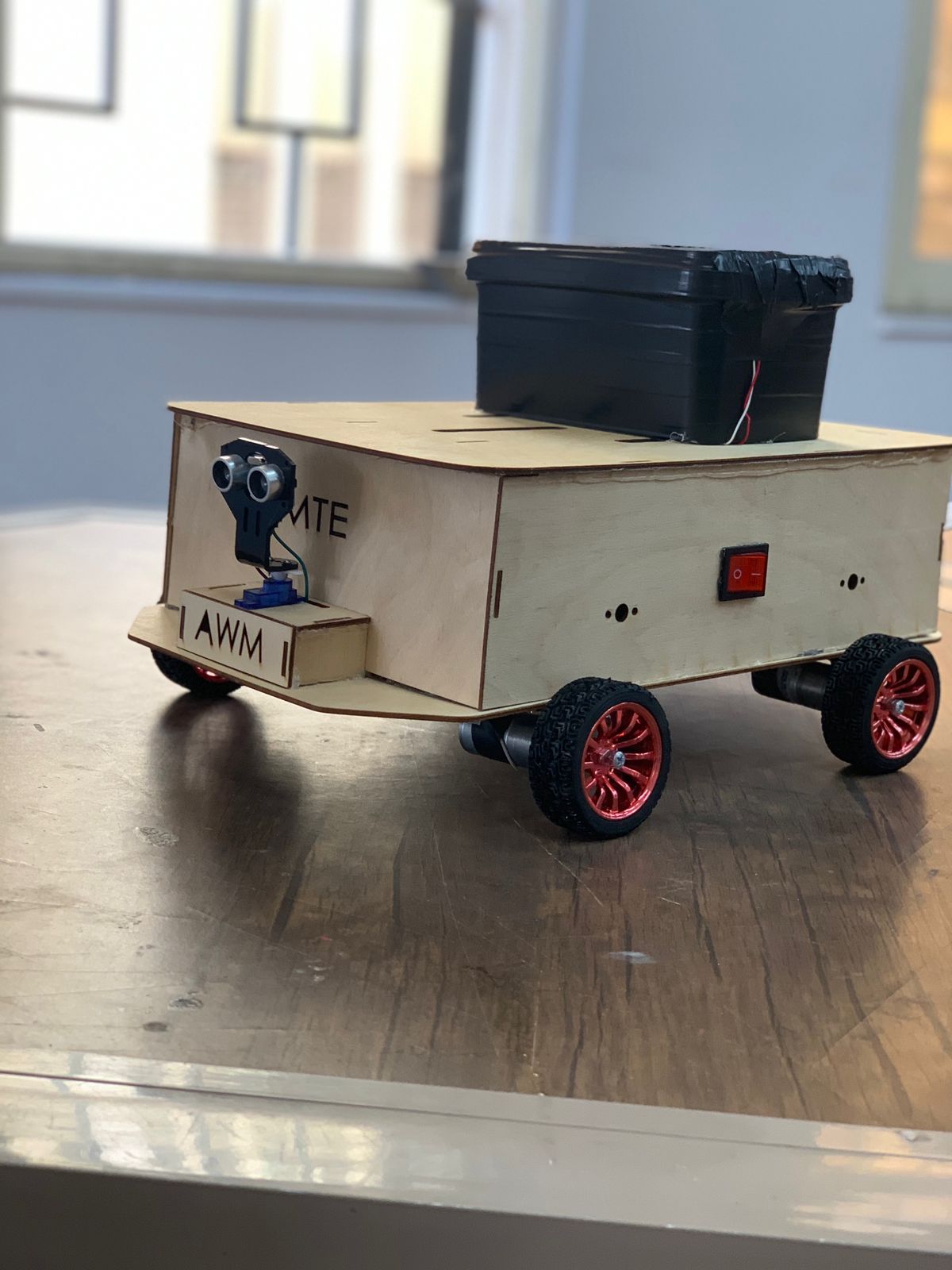Water Detection and
Pumping System Using Arduino
This system is designed to detect the presence of water
using two wires (acting as probes) and to control a pump that transfers
water from one place to a tank.
⚙️ How the System Works
1. Water Detection Using Two Wires
- The
system uses two wires as water level probes:
- One
wire is connected to 5V output.
- The
other wire is connected to an Arduino digital input pin.
- When
water is present, it conducts electricity between the wires,
and the Arduino receives 5V.
- If
there is no water, the input pin reads LOW (0V).
2. Action When Water is Detected
- If 5V
is detected (i.e., water is present), the system:
- Stops
the vehicle (if it's a water-collecting robot).
- Turns
on the pump.
- The pump
sucks the water through a pipe and stores it into a tank.
3. Tank Water Level Detection
- Another
pair of two wires is placed inside the tank.
- These
wires also use the same method:
- One
connected to 5V, the other to an Arduino input pin.
- If
water reaches the wires in the tank, the Arduino reads 5V, which
means the tank is full.
4. Action When Tank is Full
- If the
tank is full:
- The
system turns off the pump to stop sucking more water.
- An alarm
or buzzer may be activated to alert that the tank is full.
🧰 Components Used
- Arduino
Uno
- Wires
(used as water level sensors)
- Submersible
Pump
- Relay
Module (to control the pump)
- Buzzer
- Water
Tank
- Power
Supply (Battery)
✅ Benefits
- Simple
and low-cost water detection system
- Automatically
transfers water without human intervention
- Prevents
overflow of the water tank
- Can be
used in smart irrigation, water-collecting robots, or flood control
systems


